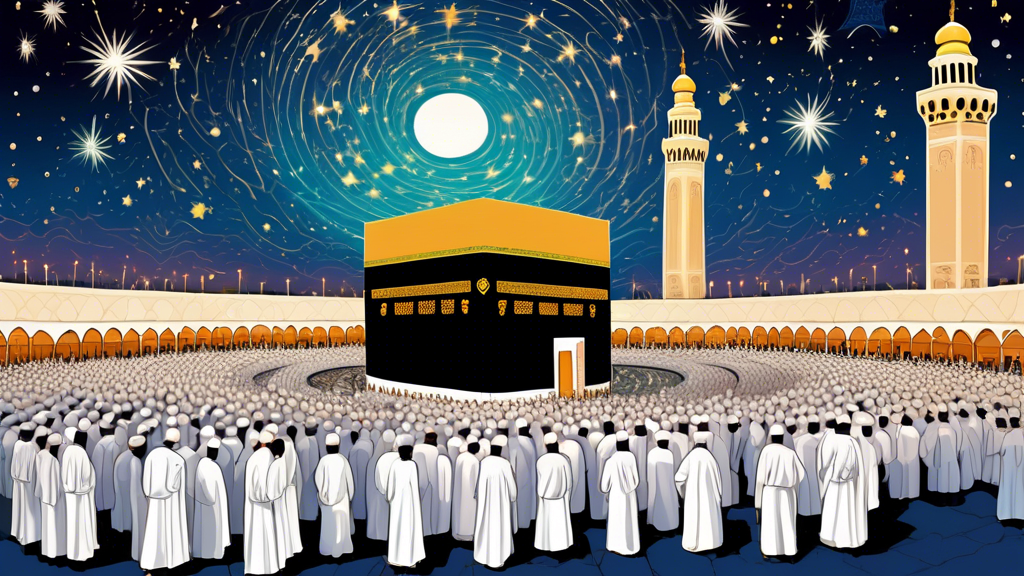Facts About Maqam-e-Ibrahim: Unveiling Its Religious Significance
Maqam-e-Ibrahim, translating to the Station of Abraham, is a site deeply etched in the tapestry of Islamic tradition and belief. Located within the Masjid al-Haram in Mecca, Saudi Arabia, this small yet profoundly significant structure holds a central place in the rituals of Hajj and Umrah, drawing millions of pilgrims annually. Its religious significance is rooted in Islamic history, laden with narratives that tie back to the Prophet Ibrahim (Abraham) and his unwavering faith in God. This article explores the facts surrounding Maqam-e-Ibrahim and its importance in Islamic tradition.
The Historical and Religious Background
According to Islamic tradition, Maqam-e-Ibrahim commemorates the spot where Ibrahim stood while building the Kaaba. It is believed that as the walls of the Kaaba rose, a stone miraculously appeared under Ibrahim’s feet, lifting him higher to continue his work. This stone, bearing the imprints of his feet, is what is now enshrined and visible within a glass and metal enclosure at the site. The Qur’an references this moment in Surah Al-Baqarah (2:125), inviting believers to take from the standing place of Ibrahim a place of prayer, further cementing its significance in Islam.
Architectural Features and Conservation
The Maqam-e-Ibrahim is housed in a round, glass structure supported by a metal enclosure, designed to protect it while allowing pilgrims to view the sacred artifact. The stone itself, though worn, visibly retains the impressions believed to be left by Ibrahim. Over the centuries, the custodians of the Holy Mosque have taken great care in preserving this monument. Conservation efforts are periodically carried out to ensure its preservation for future generations of the faithful.
The Role in Hajj and Umrah
In the rites of Hajj and Umrah, Maqam-e-Ibrahim plays a pivotal role. Pilgrims perform two units of prayer behind it after completing the Tawaf, which is the circumambulation of the Kaaba. This act of prayer at Maqam-e-Ibrahim is a re-enactment of Ibrahim’s devotion and an expression of monotheism. It’s a moment that connects pilgrims with their faith’s history, serving as a reminder of the sacrifices and unwavering faith of their forebearers.
Symbolism and Reflection
Beyond its historical significance, Maqam-e-Ibrahim serves as a symbol of faith, sacrifice, and the direct relationship between believers and God. It commemorates Ibrahim’s willingness to surrender to God’s will, highlighting principles of faith and obedience that are central to Islam. For many pilgrims, it resonates on a personal level as a testament to the strength derived from faith and the importance of submission to God’s will.
Conclusion
Maqam-e-Ibrahim stands as a testament to the unwavering faith of Ibrahim and his central role in Islamic tradition. It embodies the spiritual heritage of Islam, encapsulating themes of devotion, sacrifice, and the continuity of faith. For pilgrims and believers around the world, it represents not just a historical site but a source of inspiration and reflection on the depth of their faith and the importance of following in the footsteps of the prophets. As such, Maqam-e-Ibrahim continues to hold profound religious significance, remaining a focal point of Islamic worship and a poignant reminder of the enduring legacy of Ibrahim’s faith.
